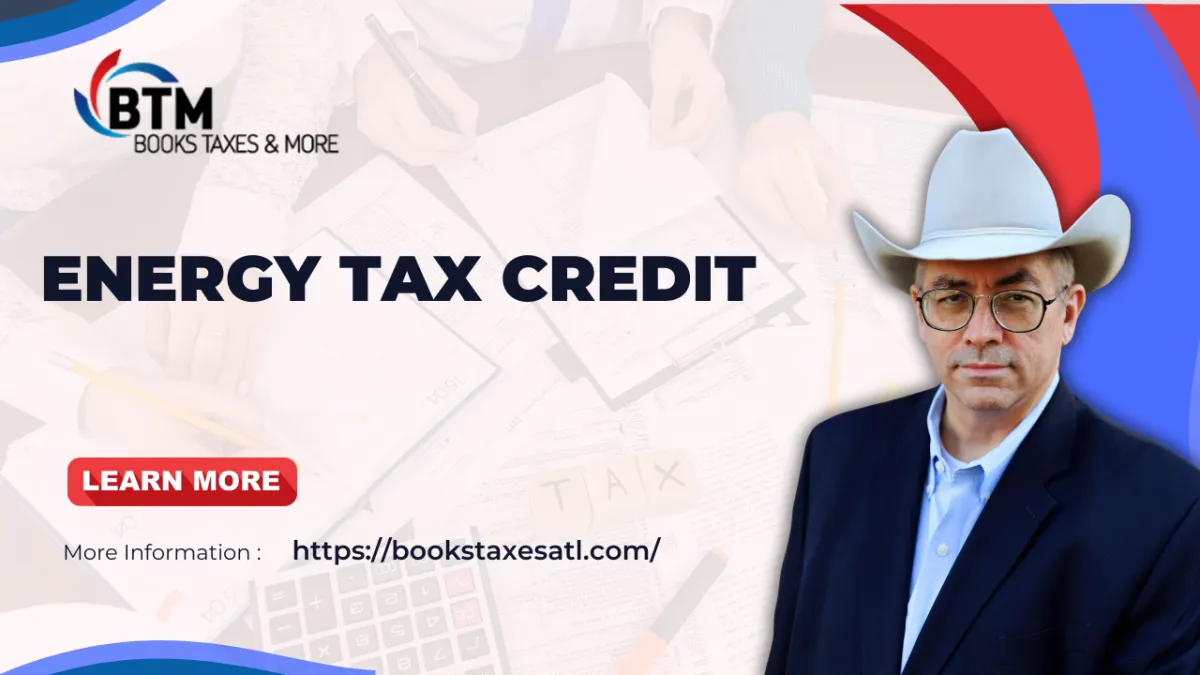
Energy Tax Credits
Home energy tax credits are available again thanks to the Inflation Reduction Act of 2022.
Who can claim them?
A homeowner may claim either the Energy Efficient Home Improvement Credit or Residential Energy Clean Property Credit for the year when qualifying improvements were made. The focus is on the primary residence. This is the residence where one spends most of the year as opposed to the vacation home.
If the property is used for business, the credit is affected.
The credit is not available for any property that is only used for business.
In the case of the home office, it depends on the usage.
Area used for business up to 20%, the entire credit is available.
Area used for business more than 20%, the credit is applicable to that part of expenses allocable to nonbusiness use.
If the home office takes up 40% of the livable space, only 60% of the credit is available.
If the home office takes up 80% of the livable space, only 20% of the credit is available.
Energy Efficient Home Improvement Credit.
The following may qualify if they meet certain requirements.
Exterior doors, windows, skylights and insulation materials.
Central air conditioners, water heaters, furnaces, boilers and heat pumps.
Biomass stoves and boilers
Home energy audits
For Tax Year 2022, the allowable credit is 30%, up to a lifetime maximum of $500.
For Tax Years 2023 through 2032, the allowable credit is also 30% but the maximum in each year is $1,200 and there is no lifetime limit. Biomass stoves and boilers have a separate annual credit limit of $2,000.
The credit is nonrefundable which means it is only helpful if the taxes owed equal or exceed the credit claimed. There is also no carry-back or carry-forward provision.
For example, if a taxpayer owed $500 in taxes (the total tax before subtracting payments), and spent at least $1,667 in qualified home improvements, the credit would reduce the taxes owed to $0.
Taxes owed $500
Credit $500
Balance $0
If the taxes owed = $250, the $500 credit would only be worth $250.
If the return for 2022 has been filed, amending the return is possible and may be worth the filing fee if the full credit can be claimed. Otherwise, it may be best to forego the credit.
Residential Clean Energy Credit
The following may qualify if they meet certain tests.
Fuel cells (limited to $500 per kilowatt of capacity.)
Solar electric panels
Solar water heaters
Wind turbines
Geothermal heat pumps
Battery storage technology (beginning in 2023)
Previously owned clean energy property is not eligible.
In both credits, the qualifications and adjustments can be very complex. It isn’t as simple as a flat 30%. Rebates, public service utilities, and state energy efficiency incentives all can play a part in the final credit earned. This complex credit needs to be computed by a tax professional who understands both the technology and the tax law. This is not a DIY credit.
At Books, Taxes & More, we understand the credit and the technology that supports that credit. Give Steve a call at 678-717-9818 or send him an email.
